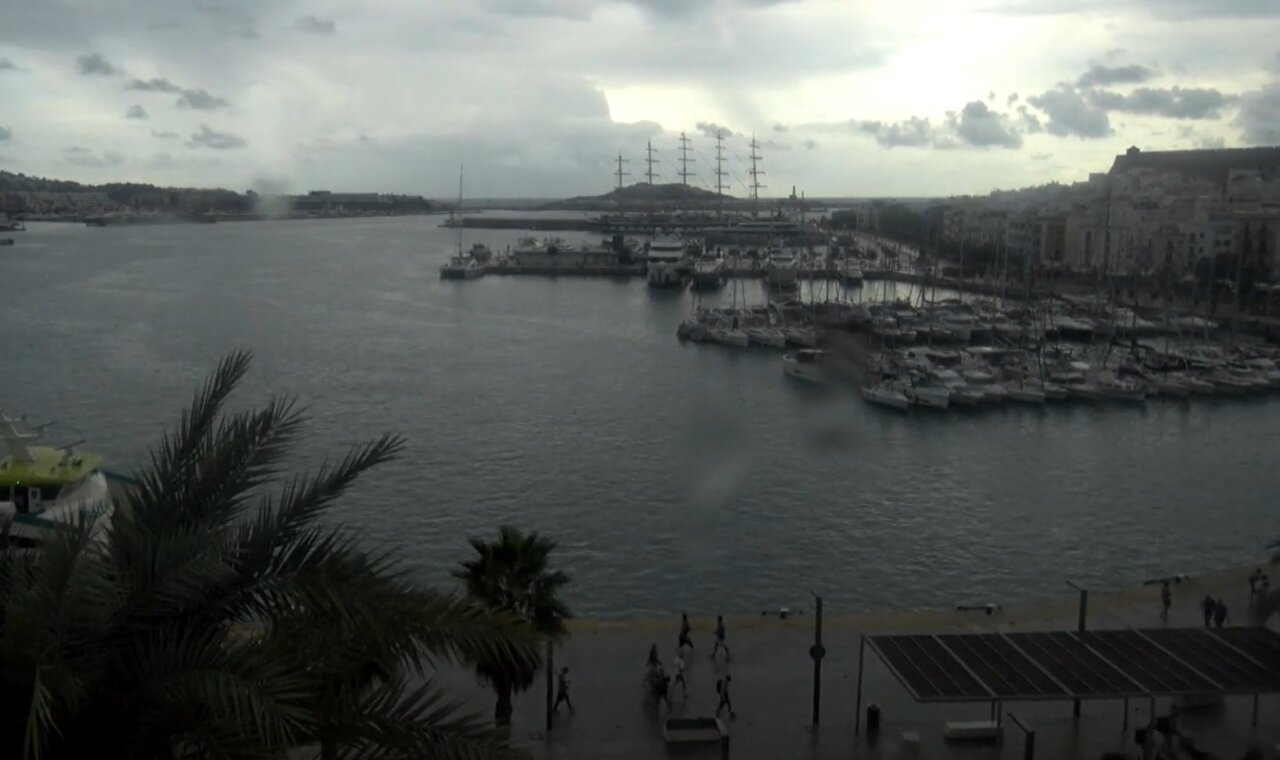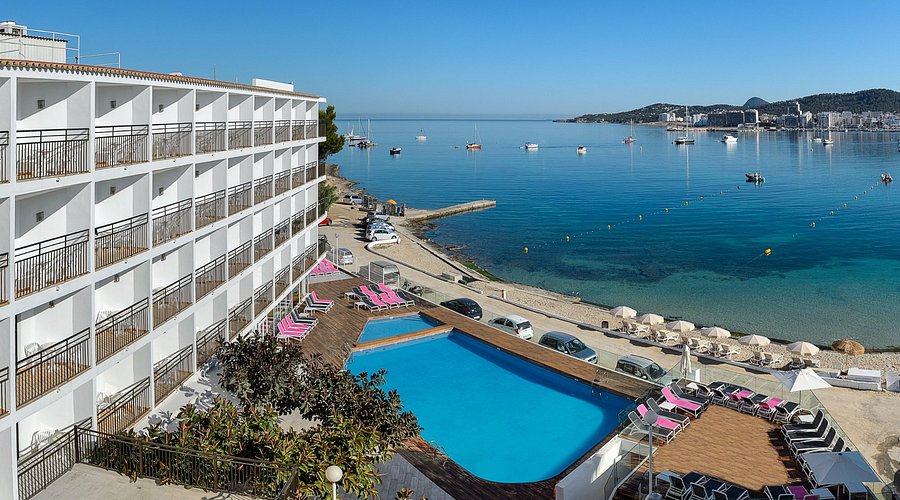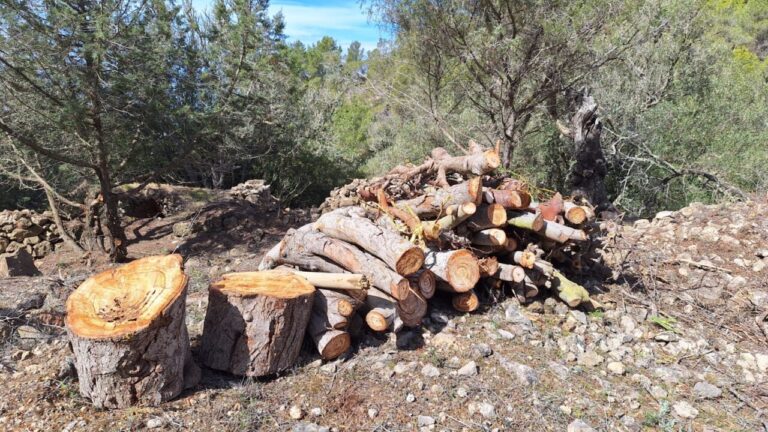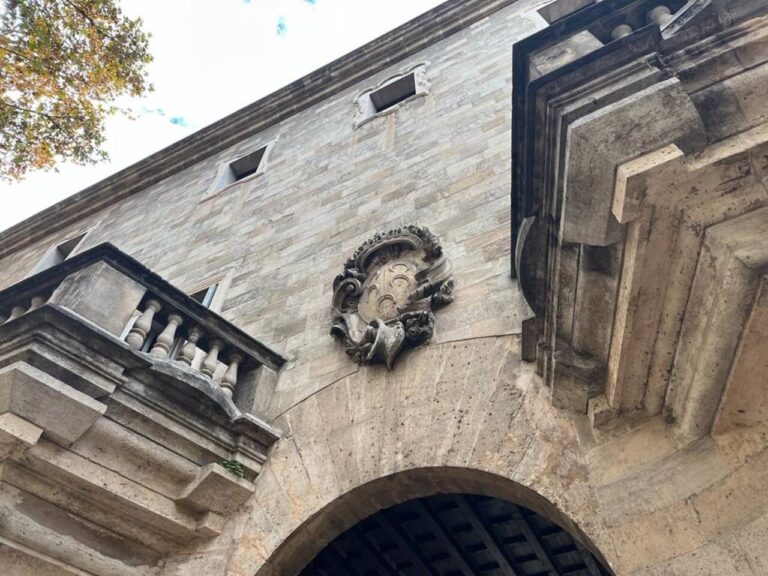Santa Eulària des Riu has started the works of the winter pruning campaign 2025-2026, which this year introduces a new model of urban tree management focused on sustainability and adaptation to climate change. The aim is to promote natural shade areas, improve thermal comfort in public spaces and strengthen the climate resilience of the municipality.
This initiative is part of the municipal strategy of adaptation to climate change, promoted by the City Council of Santa Eulària des Riu, in order to mitigate the effects of extreme heat, especially in squares, parks, school environments and pedestrian areas.
A pruning model that is more respectful of the environment
The campaign is committed to reducing severe pruning and promoting a model of light pruning and maintenance that respects the natural structure of the trees. This change will allow the development of wider and leafier canopies, which will increase the shaded area, favor biodiversity and improve CO₂ sequestration.
According to municipal sources, this type of pruning helps to increase the longevity and health of urban trees, in addition to reducing plant stress and long-term maintenance costs.
Areas included in the 2025-2026 campaign
The actions will be developed in the main centers of the municipality:
-
Santa Eulària town: Cas Capità Park (ficus and mulberry trees), Mercadona pedestrian promenade (shady plane trees), Cañón square (tipuanas) and S’Alamera promenade (plane and orange trees).
-
Puig d’en Valls: S’Olivera, VPO park and church square.
-
Jesus: New square, church square, park next to the cultural center and Can Basso park.
-
Santa Gertrudis: Pedestrian square, children’s playground and swimming pool sports center.
Environmental and social benefits
The consistory stresses that this type of pruning is part of a comprehensive policy of urban renaturalization, which aims to create healthier and more aesthetically pleasing public spaces. The main benefits include:
-
Greater longevity and vitality of the trees.
-
Lower frequency and cost of future interventions.
-
Improvement of environmental quality and urban landscape.
In addition, priority will be given to pedestrian and educational areas, where natural shade is essential for the well-being and safety of citizens.









